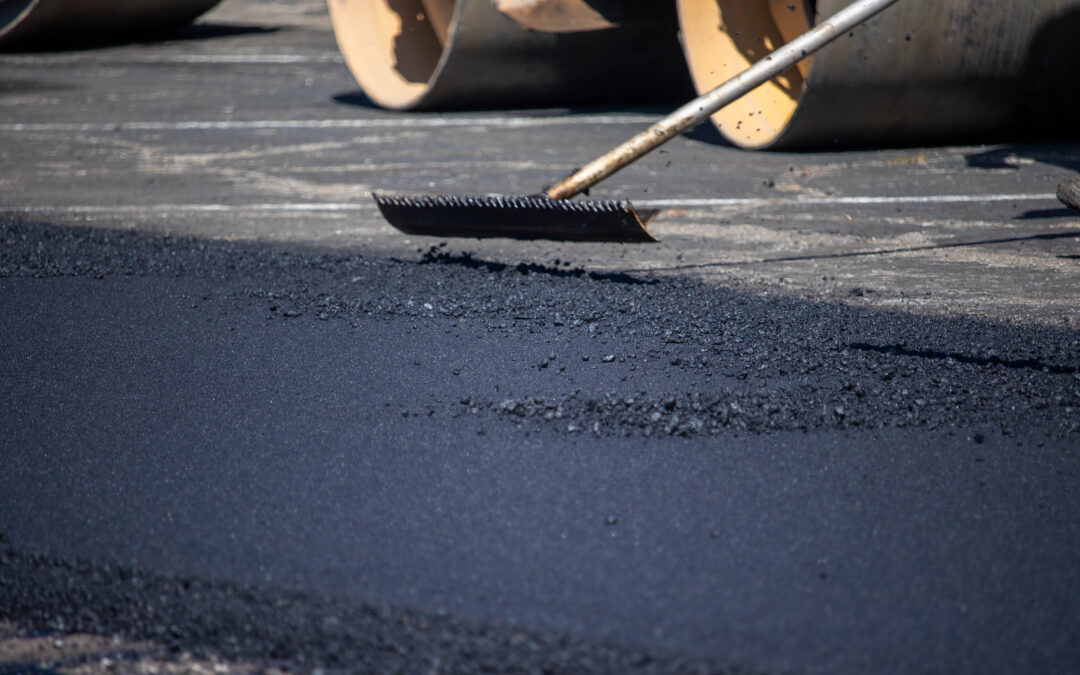Asphalt is a crucial component in various construction projects, including roadways, driveways, and parking lots. Accurately estimating the amount of asphalt needed for a project is essential to ensure the right materials are ordered and that the project stays within budget. In this guide, we will walk through the process of calculating asphalt requirements specifically tailored for projects in the San Jose, California area.
Understanding Asphalt Types
Before diving into calculations, it’s important to understand the different types of asphalt commonly used in construction projects:
- Hot Mix Asphalt (HMA): This is the most commonly used type of asphalt in road construction. It is produced at high temperatures and is known for its durability and ability to withstand heavy traffic.
- Warm Mix Asphalt (WMA): Similar to HMA, WMA is produced at lower temperatures, which reduces energy consumption and greenhouse gas emissions. It offers comparable performance to HMA but with added environmental benefits.
- Cold Mix Asphalt: This type of asphalt is often used for temporary repairs or in situations where hot mix or warm mix asphalt is not readily available. It can be applied at ambient temperatures and does not require heating.
Steps to Calculate Asphalt Requirements
- Measure the Area: Begin by measuring the area where the asphalt will be applied. For a simple rectangular or square area, this can be done by multiplying the length by the width. If the area is irregularly shaped, divide it into smaller, more manageable sections and measure each separately.
- Determine Thickness: The thickness of the asphalt layer will depend on the intended use and the local climate. For driveways and parking lots, a thickness of 2 to 3 inches is typical. For roadways, the thickness may vary based on traffic volume and load requirements. Check local regulations and engineering standards for specific thickness recommendations.
- Convert Thickness to Feet: Asphalt thickness is commonly expressed in inches, so it’s important to convert this measurement to feet for consistency in calculations. Divide the thickness in inches by 12 to convert it to feet.
- Calculate Volume: Multiply the area (in square feet) by the thickness (in feet) to calculate the volume of asphalt needed in cubic feet.
- Convert Volume to Tons: Asphalt is typically sold by weight, so the next step is to convert the volume to tons. The density of asphalt can vary, but a commonly used value is around 2,000 pounds per cubic yard. Divide the volume in cubic feet by 27 (the number of cubic feet in a cubic yard) and then multiply by the density to obtain the weight in tons.
- Adjust for Compaction: Asphalt is typically compacted during installation, which can reduce its volume by 10% to 20%. To account for compaction, multiply the calculated tonnage by a compaction factor of 1.1 to 1.2.
Example Calculation
Let’s walk through an example to illustrate the calculation process:
- Area: 1,000 square feet
- Thickness: 3 inches
- Thickness in Feet: 3 inches ÷ 12 = 0.25 feet
- Volume: 1,000 sq ft × 0.25 ft = 250 cubic feet
- Volume in Tons: (250 cu ft ÷ 27) × 2,000 lbs/cu yd = 18.52 tons
- Adjusted Volume: 18.52 tons × 1.1 (compaction factor) = 20.37 tons
Conclusion
Accurately calculating asphalt requirements is crucial for the success of any construction project. By following the steps outlined in this guide and adapting them to the specific requirements of your project in the San Jose, California area, you can ensure that you order the right amount of asphalt and avoid unnecessary costs or delays. Remember to consult with local experts and adhere to relevant regulations and standards throughout the process.
In conclusion, proper planning and calculation are essential for asphalt projects in San Jose, California, ensuring they are completed efficiently and effectively.

